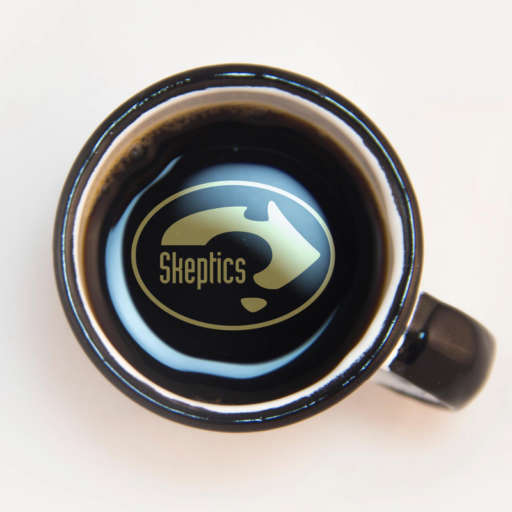After five years as Museum Victoria’s Head of Sciences, Dr John Long is leaving this week to take up the position of Vice President of Research and Collections at the Natural History Museum of Los Angeles County.
John’s interest in palaeontology dates back to when he collected his first fossils at the age of seven. Following postgraduate and postdoctoral studies, John worked at several Australian institutions before joining the Western Australian Museum in 1989 as Curator of Vertebrate Palaeontology.
John’s most prominent research at MV has examined the evolution of prehistoric placoderm fishes, which were among the first verebrates to evolve jaws. The fossils that he studies are more than 380 million years old and were discovered in the Gogo Formation of the Western Australian Kimberley region.
Using high-tech analysis such as CT scanning, John and his team have uncovered incredible anatomical details about these animals and discovered evidence of key evolutionary steps. These include “missing link” features between fishes and land animals in Gogonasus, and the oldest known live birth in Materpiscis. The latter discovery earned John the Australasian Science Prize and inclusion on the Top 10 list of new species of 2008.
John’s passion extends to communication of science to a variety of audiences. He has appeared on ABC’s science show Catalyst and his publications include illustrated books for children, contributions to the evolution vs intelligent design debate, and guides to extinct fauna. He will be speaking to school groups at the 2009 Melbourne Writer’s festival about fossils from around the world.
John’s new role will involve building up the research and collection profile at the Natural History Museum of LA County, which is the third-largest natural history museum in the USA and holds an enormous collection of Pleistocene ice age mammals from the La Brea Tar Pits.
John will be sorely missed at Museum Victoria. “John has boundless energy for his science and a generosity with his time that seems to have no limit. He has made a massive contribution to both our research and our communication with the public,” said Director of Collections, Research and Exhibitions, Robin Hirst. The museum wishes John all the best for his new venture and continuing research into the origins of life on land.

Skeptics Café
Victorian skeptics social & virtual events